Going beyond tokenism in nature pedagogies. A review of Green Teaching: Nature Pedagogies for Climate Change and Sustainability by Claire Warden (2022, London: Sage)
Back to Norland Educare Research Journal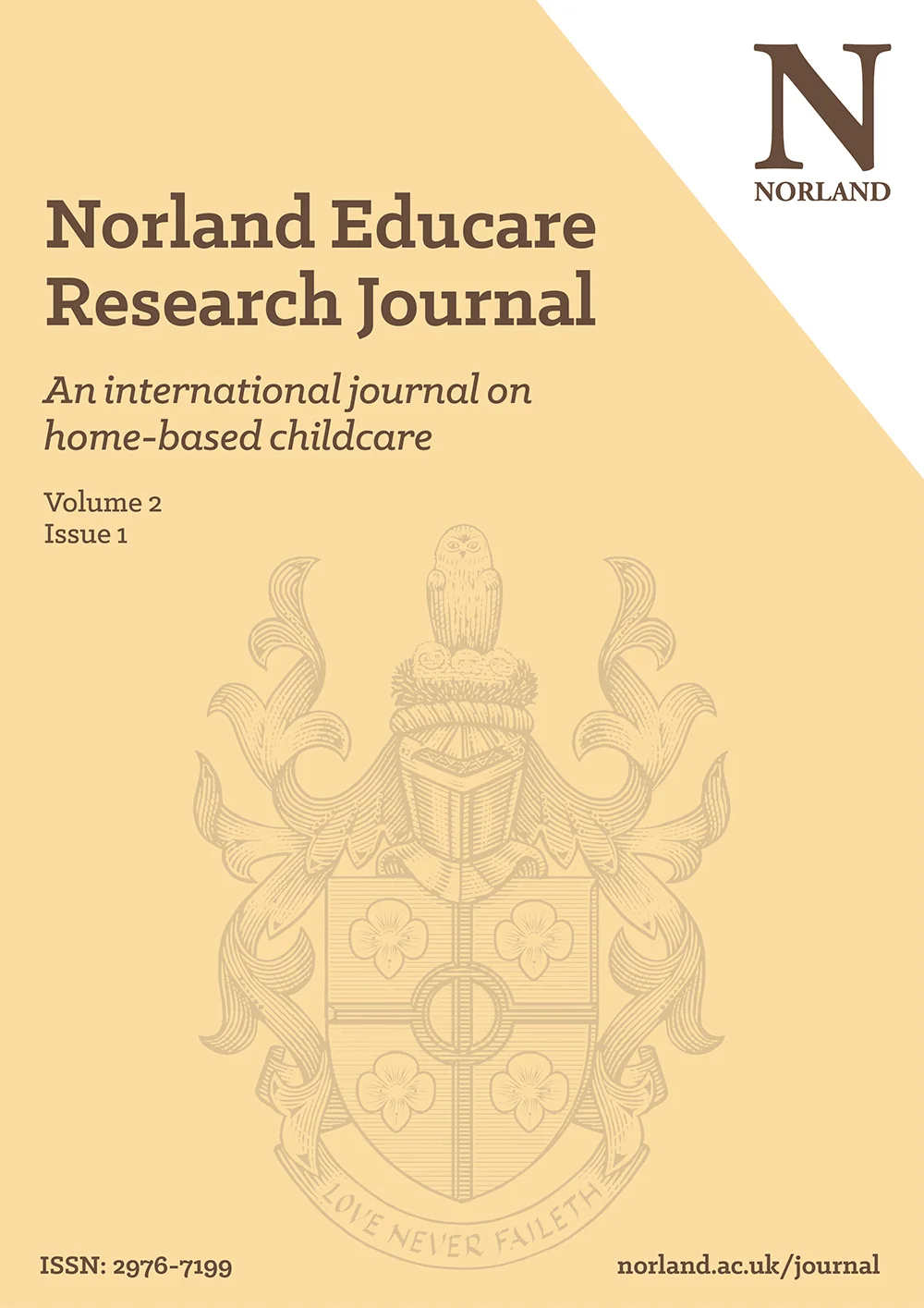
About the journal
Read more about the journalEditorial board
View our editorial boardJournal policies and ethics
View our policies and ethicsPeer review process
View peer review processInformation for readers
Read our information for readersInformation for authors
Read our information for authorsCall for papers
View our call for papersTerms and conditions
View terms and conditionsGreen Teaching: Nature Pedagogies for Climate Change and Sustainability, written by Claire Warden and published in 2022, is a book that introduces and explores an ecocentric pedagogical approach to the care and education of young children. In her analysis of a ‘nature pedagogy’, Warden asks us to consider not just “what kind of planet will we leave for our children” (p. 3), but also “what kind of children will we leave for our planet” (p. 3)?
Warden begins, in her initial chapters, with a comprehensive exploration of the theory behind her nature pedagogy, which is the embodiment of a ‘theory-to-practice’ process. Chapter 1 provides the rationale for this new pedagogical approach, drawing on experiences of the 2020 lockdown and the impact on our relationship with nature. In Chapter 2, Warden sets out to define the concept of a ‘nature pedagogy’. She considers our existing understanding of the role of nature and the outdoors in our work with children, with a particular critical focus on the reliance on Western understanding in this area. In contrast, the immense relevance of indigenous and First Nation perspectives for nature pedagogies is a theme that is woven throughout this text. Chapter 3 draws on these perspectives to examine the interrelated ‘mesh’ that exists within the natural world and the subsequent necessity for humans to understand their role within nature. In Chapter 4, Warden delves into our relationship with nature, particularly in the human attempts to control or challenge it. She employs aspects of quantum biology to consider a different relational approach that focuses on the “possibilities of the unobservable world” (p. 72).
Once this solid theoretical groundwork has been established, Warden devotes the remainder of the text to practical applications of this nature pedagogy. In Chapter 5, she proposes strategies for embedding eco-centre values into everyday practice in early years settings. This is developed in Chapter 6 by the depiction of children as ‘change agents’ and activists in the fight for sustainability. Finally, in Chapter 7, Warden explores the implications of a nature pedagogy for the planning and development of accessible and inclusive curricula.
Despite being a short text, Green Teaching provides an extensive analysis of both the theoretical underpinnings and practical implications of a nature-based pedagogy. This makes it an ideal text for those looking to go beyond a tokenistic approach to sustainability and truly analyse their notions of how they facilitate children’s involvement with nature. It is situated well within a current research effort that seeks to re-examine our understanding of how children relate to nature and sustainability (e.g., Ampartzaki et al., 2021; Barrable, 2019; Furu and Heilala, 2021). While the multidisciplinary approach that Warden employs – which includes, for example, quantum biology, metaphysics and mysticism – may find resonance with academics, the case studies, exploratory questions and practice examples would be particularly beneficial to practitioners working in the early years.
Throughout the book, Warden challenges traditional applications of nature-informed practice. For those practitioners that pride themselves on their work in facilitating children’s engagement with nature, this could be a difficult, albeit necessary, call to reflection. Drawing particularly on practice in Auchlone Nature Kindergarten, Warden provides a new barometer for success in nature-based pedagogies. This becomes increasingly relevant when Warden evaluates existing provision (e.g., forest school) against this new understanding. Practitioners may also find it refreshing, when faced with an increasingly pessimistic narrative around sustainability, to access a text, like Green Teaching, that provides an inspiring and achievable call to action.
While Warden presents an effective case for a new nature-based pedagogy, she does so with a reliance on older sources. From a quote by Churchill, to the mention of ‘new research’ when referencing a 2013 study, there are some missed opportunities to include more recent research and writing throughout Green Teaching. This sits at odds with the contemporary nature of Warden’s proposals and may alienate some students and practitioners. Furthermore, despite a commendable initial commitment to demonstrate how nature pedagogies can be accessible and inclusive, more thought could have been given to those children growing up with limited access to nature. In Warden’s examples and case studies, she references children’s experiences in forests and other nature-rich outdoor environments. While she laments the decline in children’s engagement with the outdoor world, she could have further explored how children living in cities can experience nature in a different way. This application would have been a useful extension of the approach that Warden presents in Green Teaching.
That being said, Green Teaching is an engaging and well-presented text. It should be on the reading list of any course that seeks to explore children’s relationship with nature, while also being an essential, inspiring read for those working in the early years. Although those new to academic reading may require support to engage with the theoretical aspects of Warden’s pedagogy, Green Teaching provides a holistic proposal for nature pedagogies that comprehensively covers both theory and practice.
Throughout the book, Warden invites us to consider our relationship with nature in three contexts: inside, outside and beyond. In a refreshing and provocative way, Warden presents a meaningful argument for a new way to relate to the natural world. Upon finishing the book, one feels the immediate desire to put some wellies on and head into the beyond.
References
Ampartzaki, M., Kalogiannakis, M. and Papadakis, S. (2021) ‘Deepening our knowledge about sustainability education in the early years: lessons from a water project’, Education Sciences, 11(6), pp. 251–265. Available at: https://doi.org./10.3390/educsci11060251
Barrable, A. (2019) ‘Refocusing environmental education in the early years: a brief introduction to a pedagogy for connection’, Education Sciences, 9(1), pp. 61–68. Available at: https://doi.org/10.3390/educsci9010061
Furu, A. and Heilala, C. (2021) ‘Sustainability education in progress: practices and pedagogies in Finnish early childhood education and care teaching practice settings’, International Journal of Early Childhood Environmental Education, 8(2), pp. 16–29.
* Pollyanna Whitehead is an early career lecturer in early years at Norland. She previously worked in family support, both in prisons and in the community. This, alongside her work as a nanny, has led to a specific interest in how early years practitioners can best support and empower parents.
Related articles
Front matter and content page: Norland Educare Research Journal
The Norland Educare Research Journal is an international double-blind peer-reviewed journal, published annually, online only. It is an open access journal, offering free-of-charge publication to researchers and authors, and free...
Editorial — Revisioning and reforming educare in the 21st century: the synergetic confluence of professional innovative practices and scientific evidence
This issue of the journal presents a collection of papers which bring to the fore critical issues about young children’s educare. In an interview conducted by Janet Rose, the Principal...
Useful links and information for the Norland Educare Research Journal
About the journal
Read more about the journalEditorial board
View our editorial boardJournal policies and ethics
View journal policies and ethicsInformation for readers
View information for readersInformation for authors
View information for authorsCall for papers
View call for papersTerms and conditions
View terms and conditions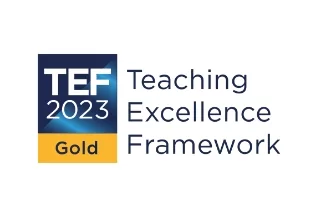
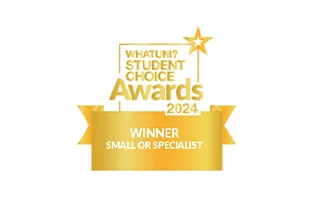
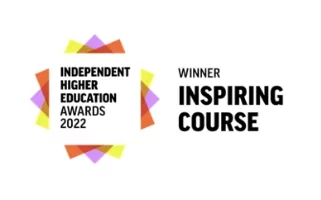
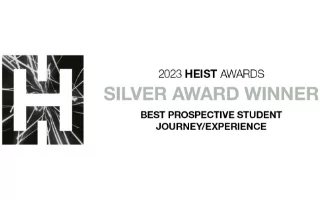
Translate this page